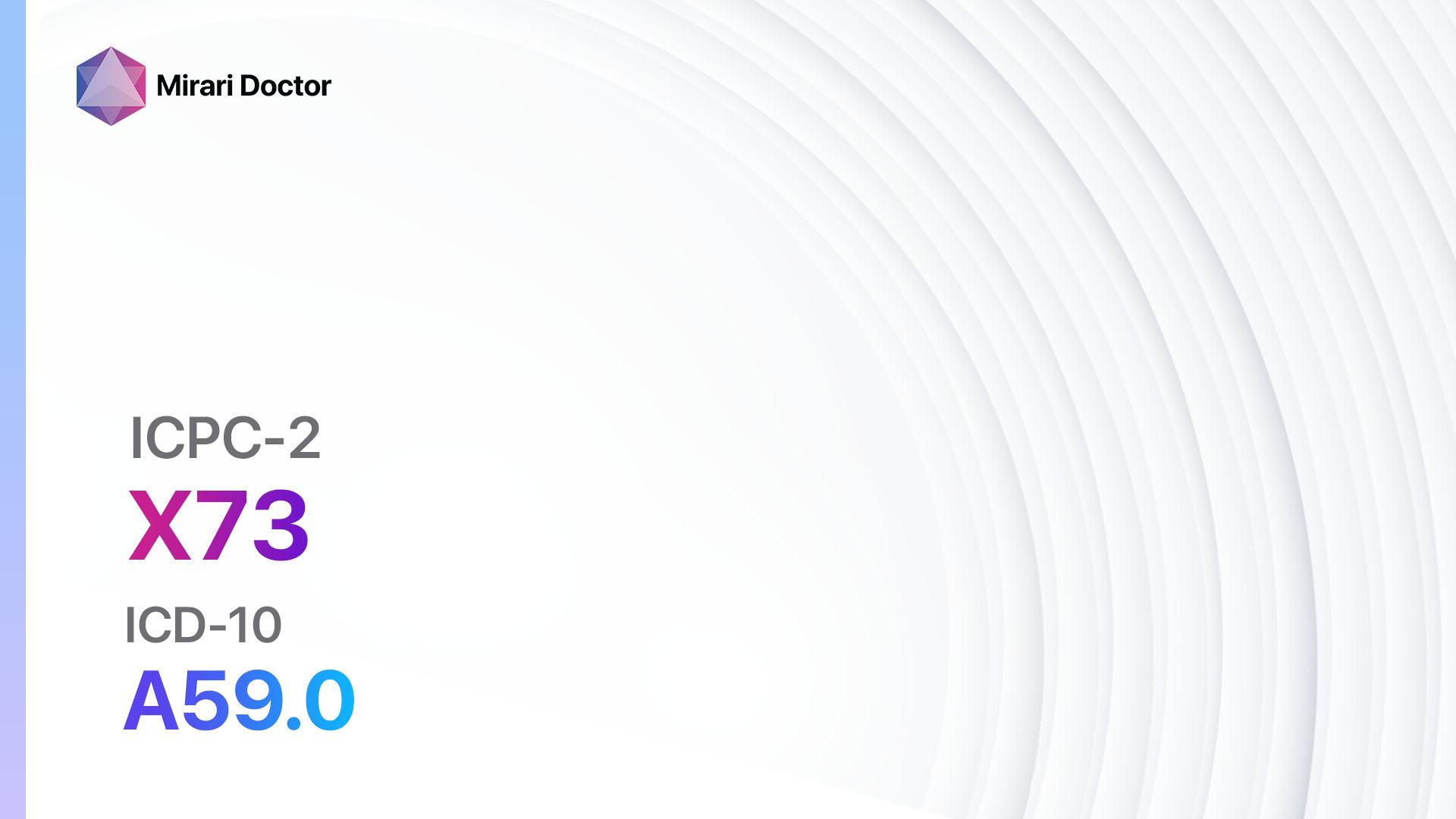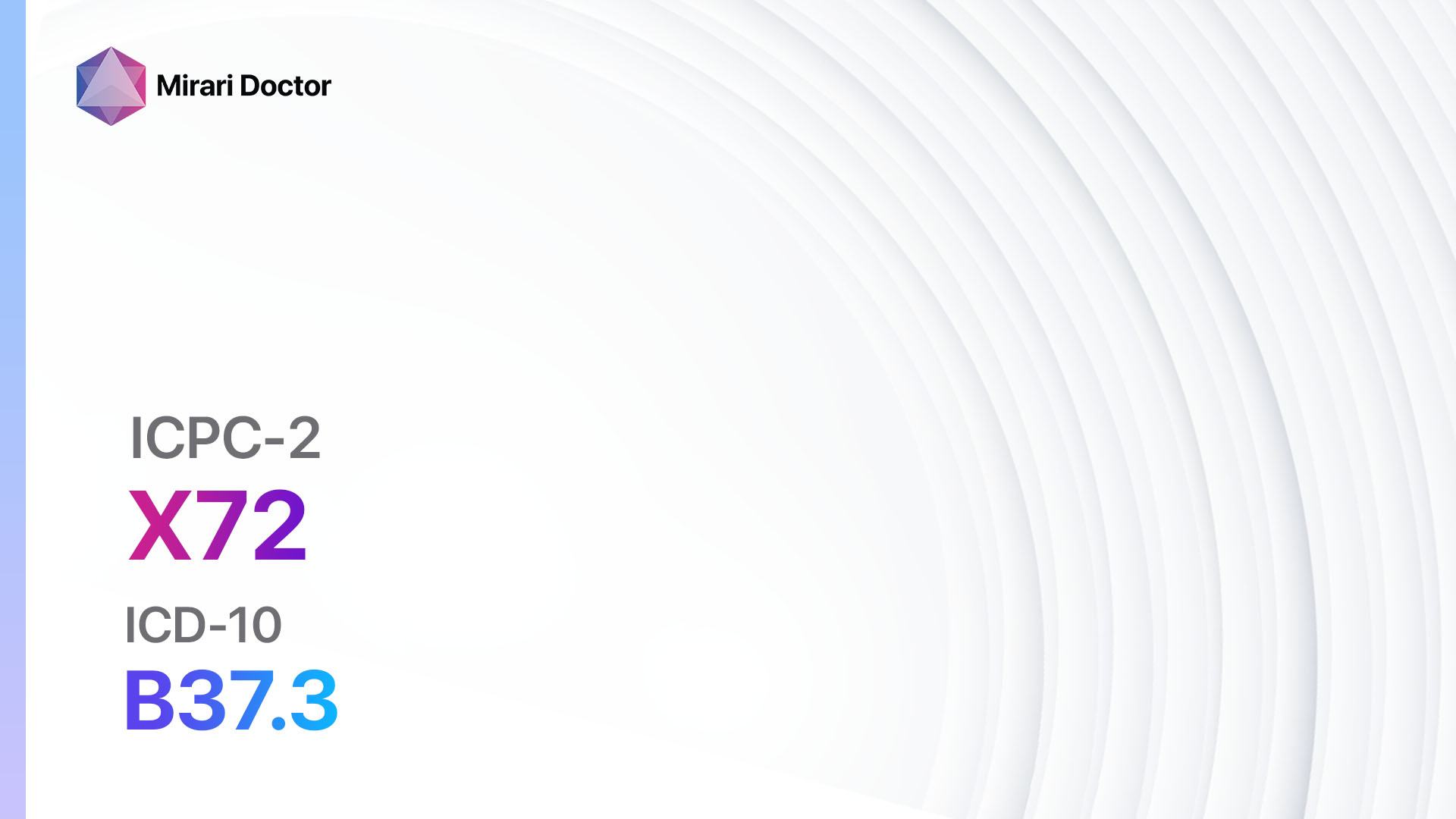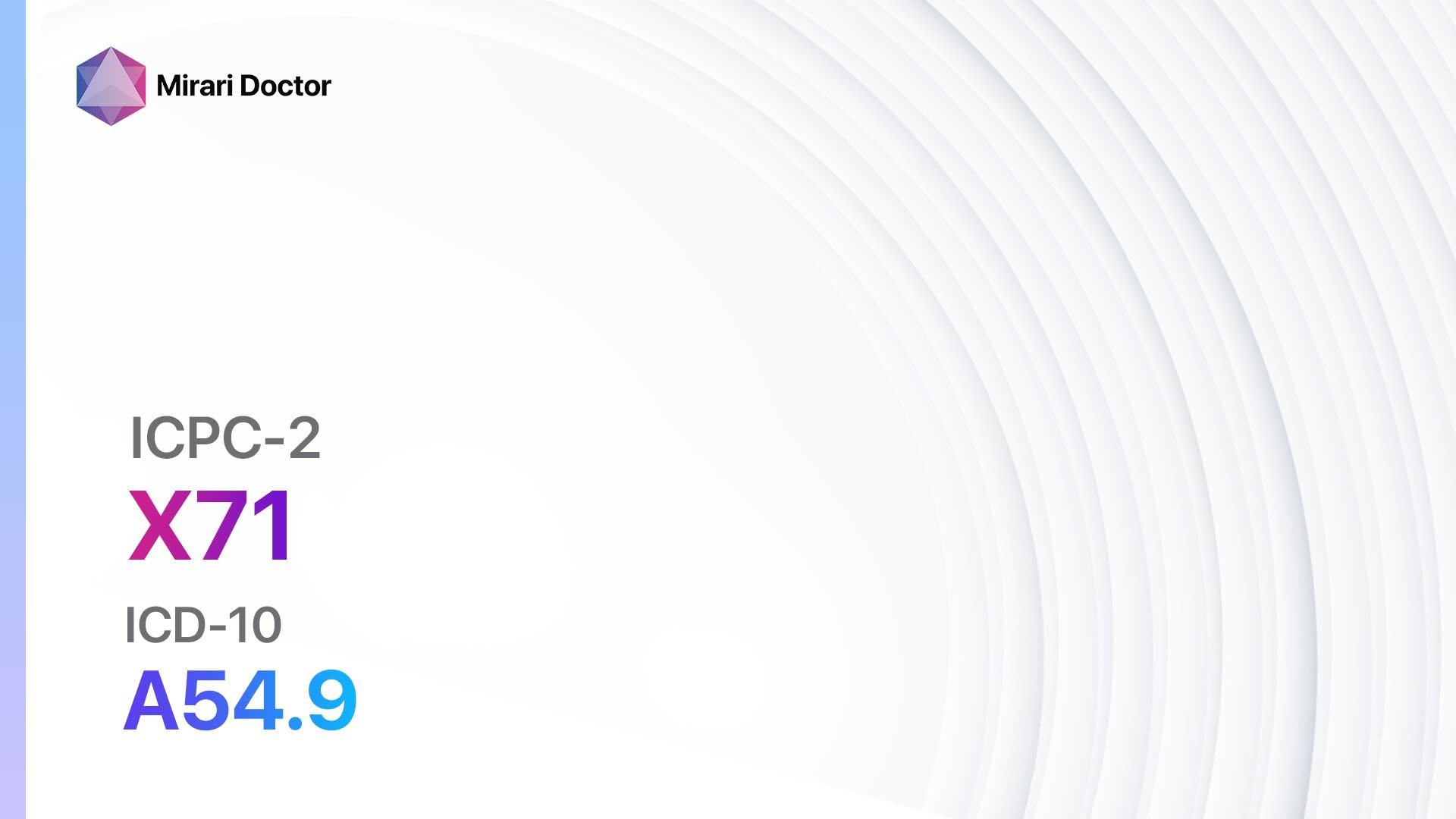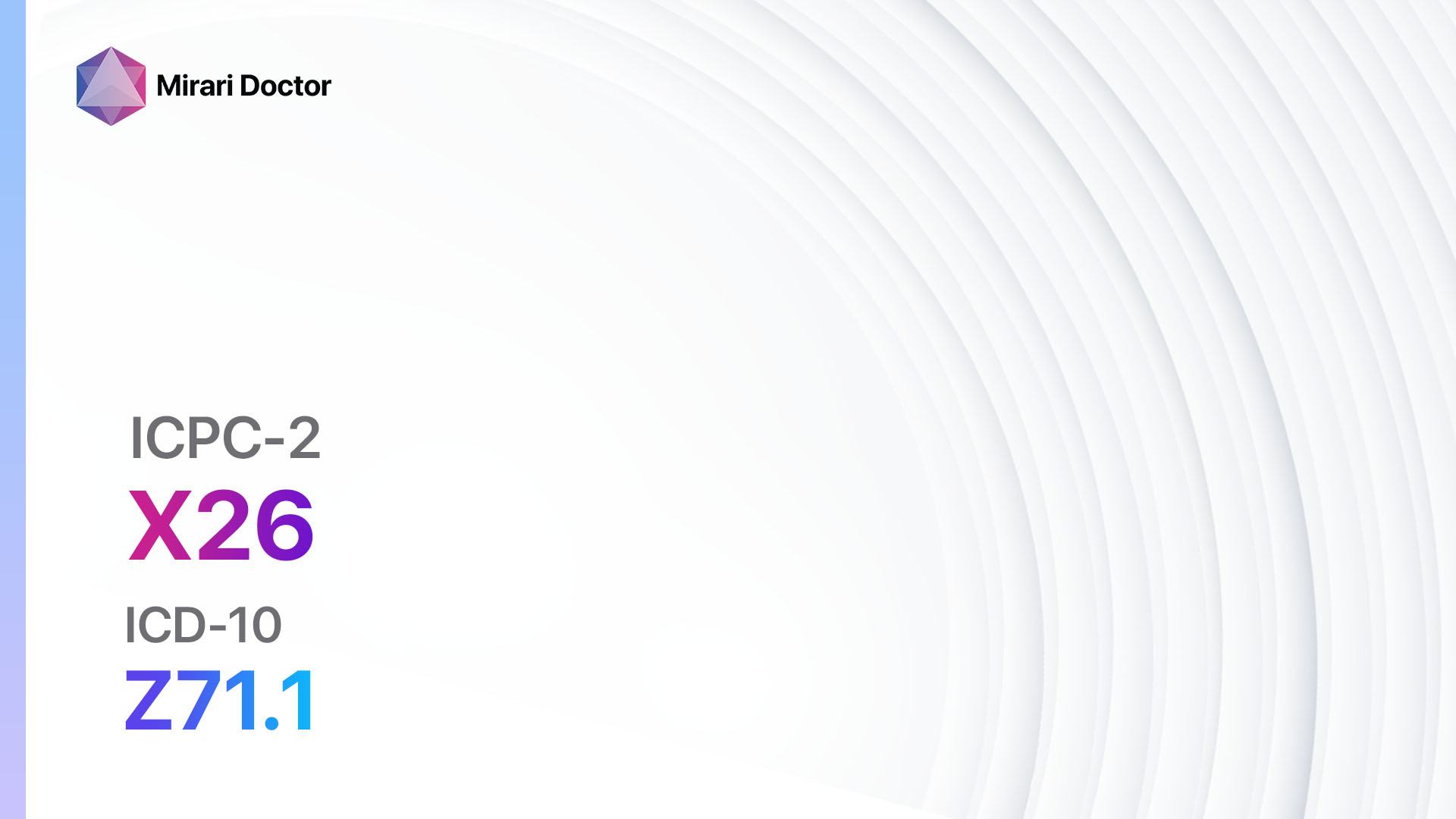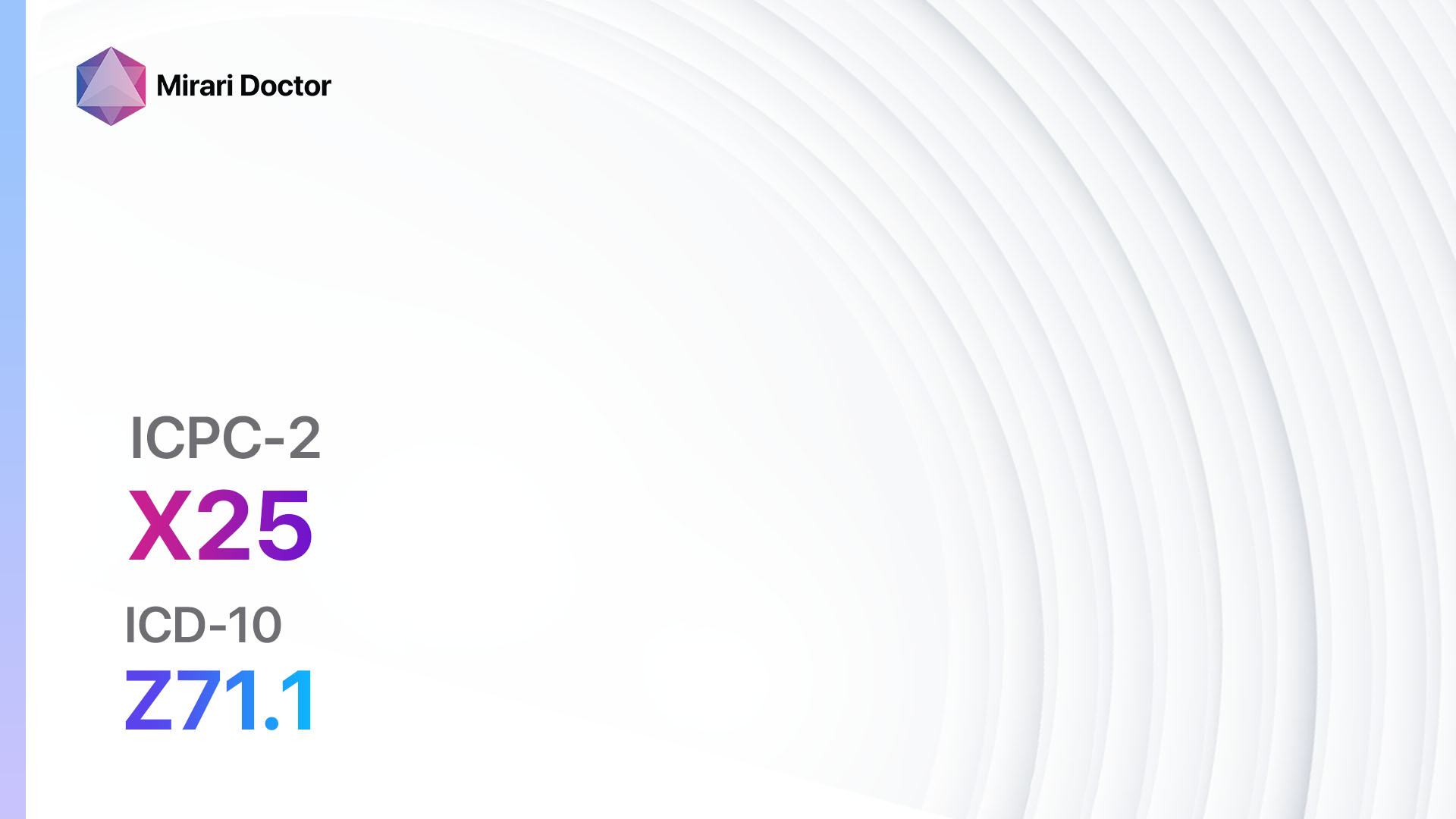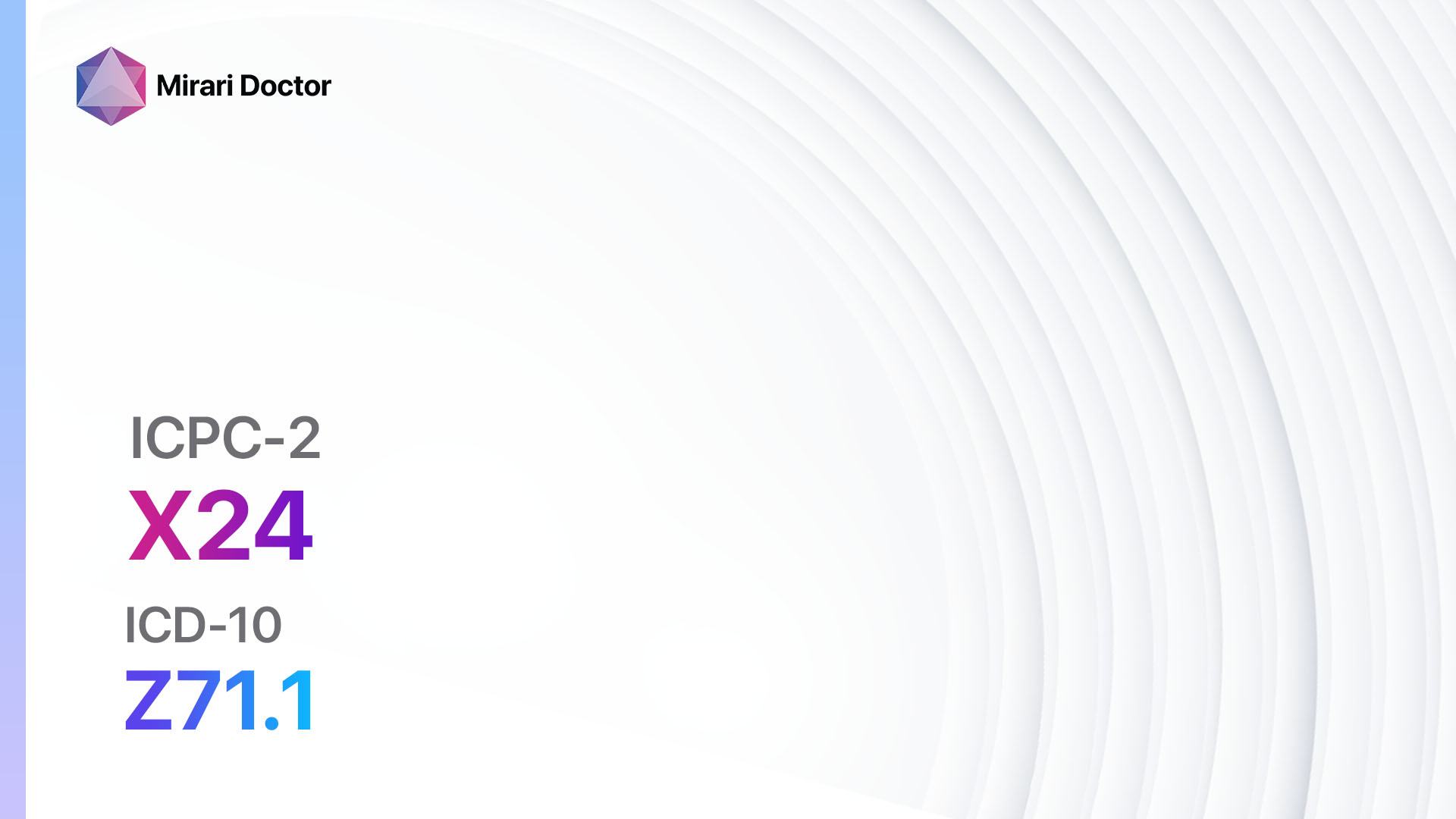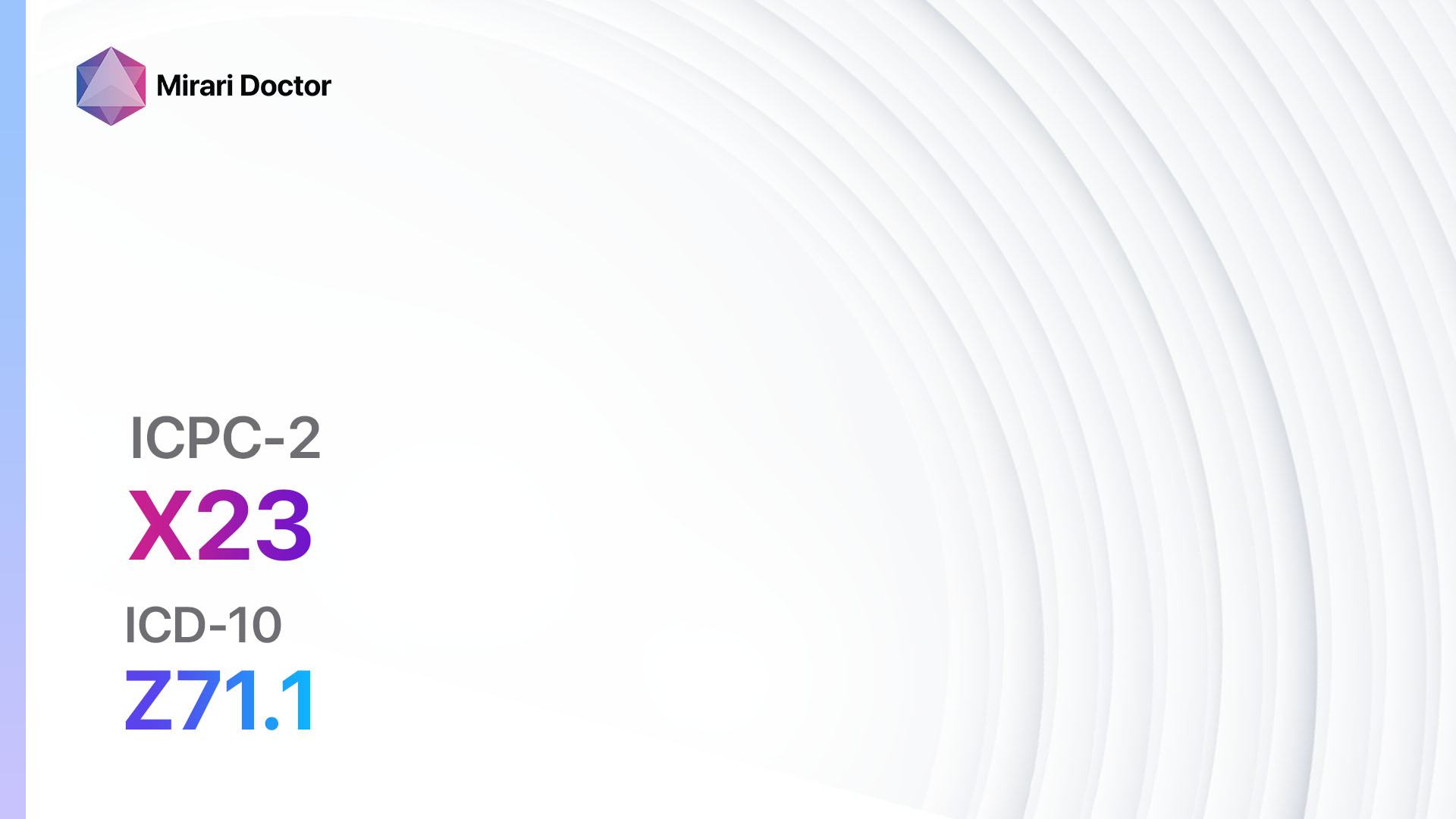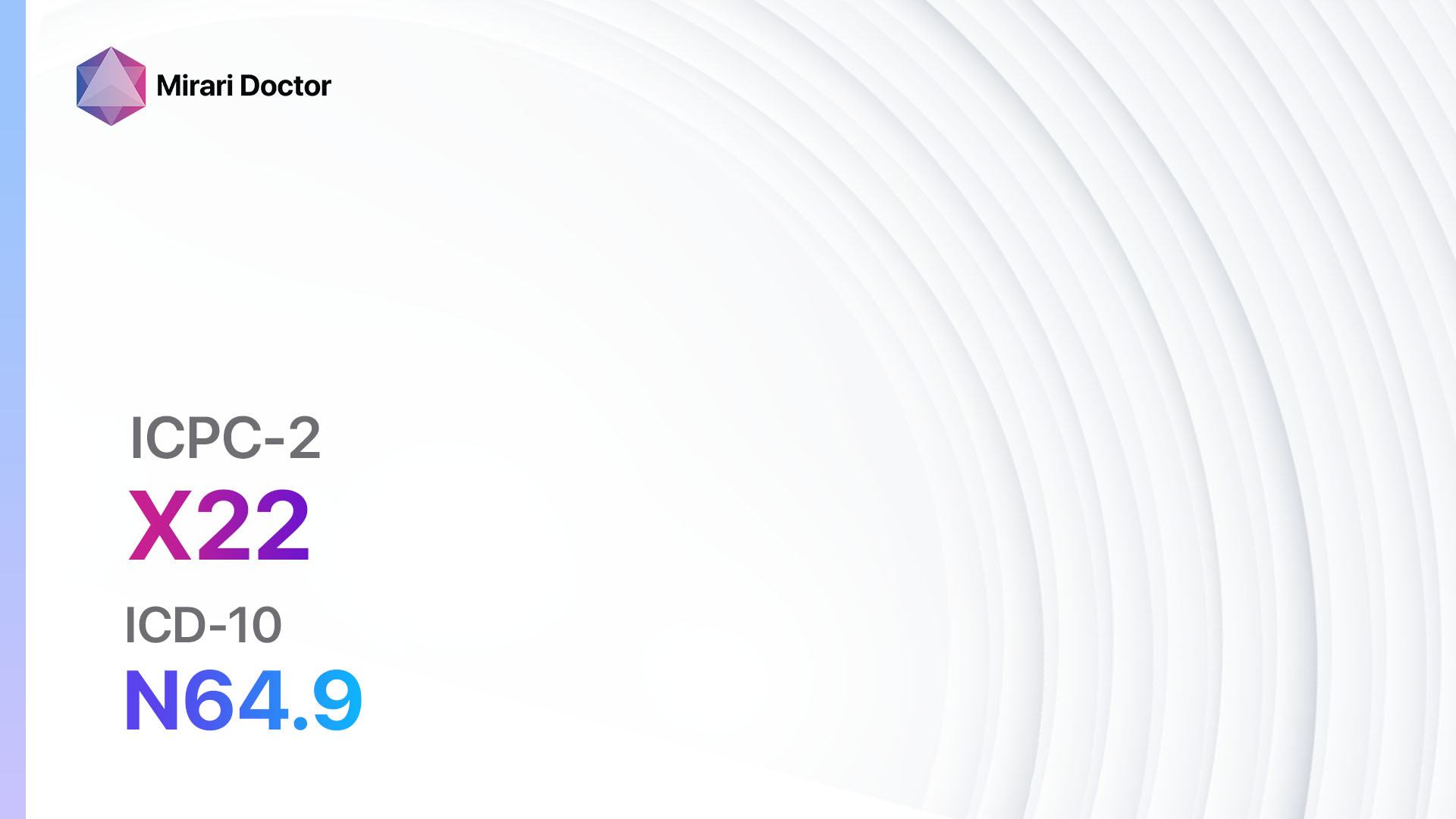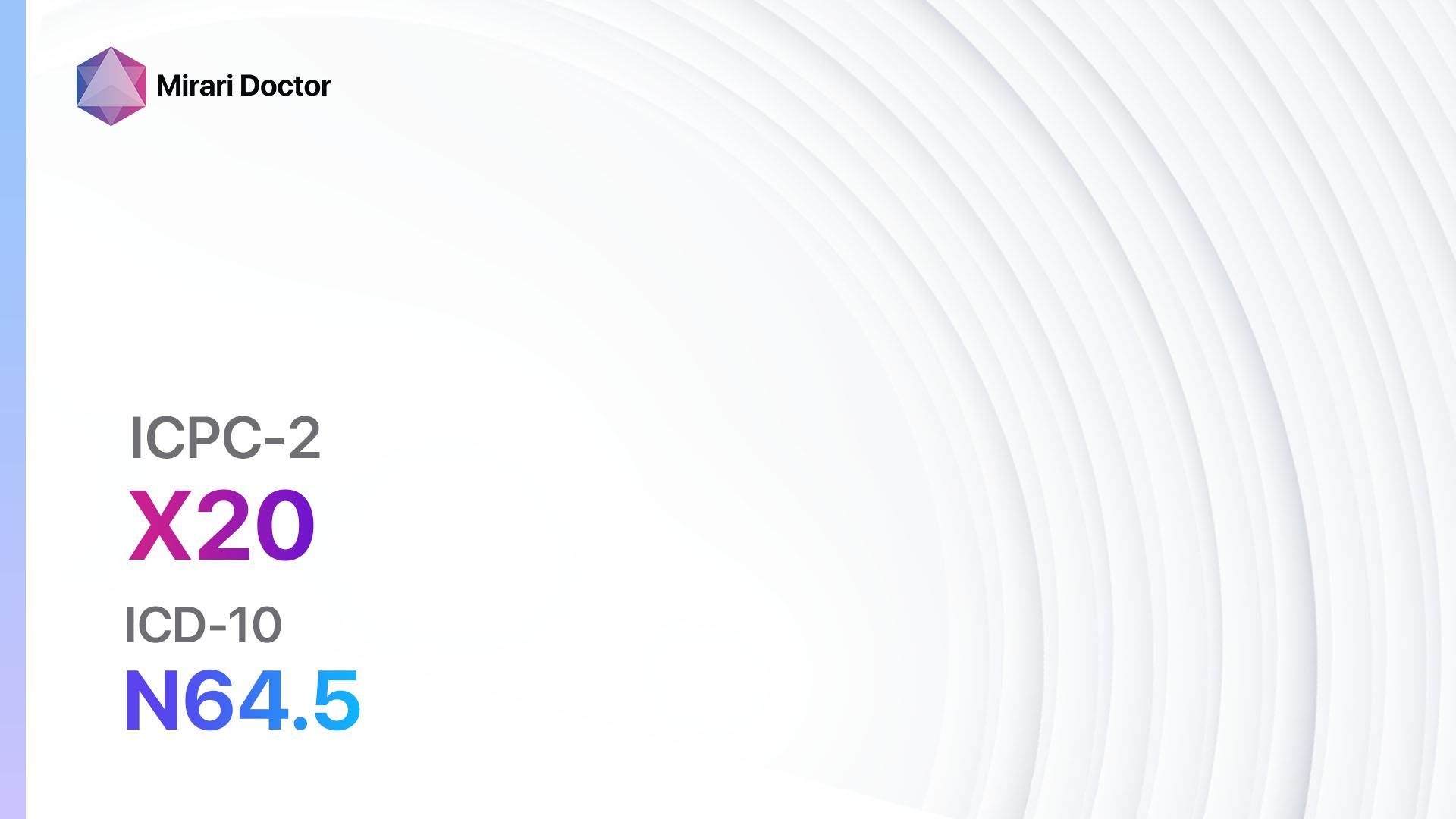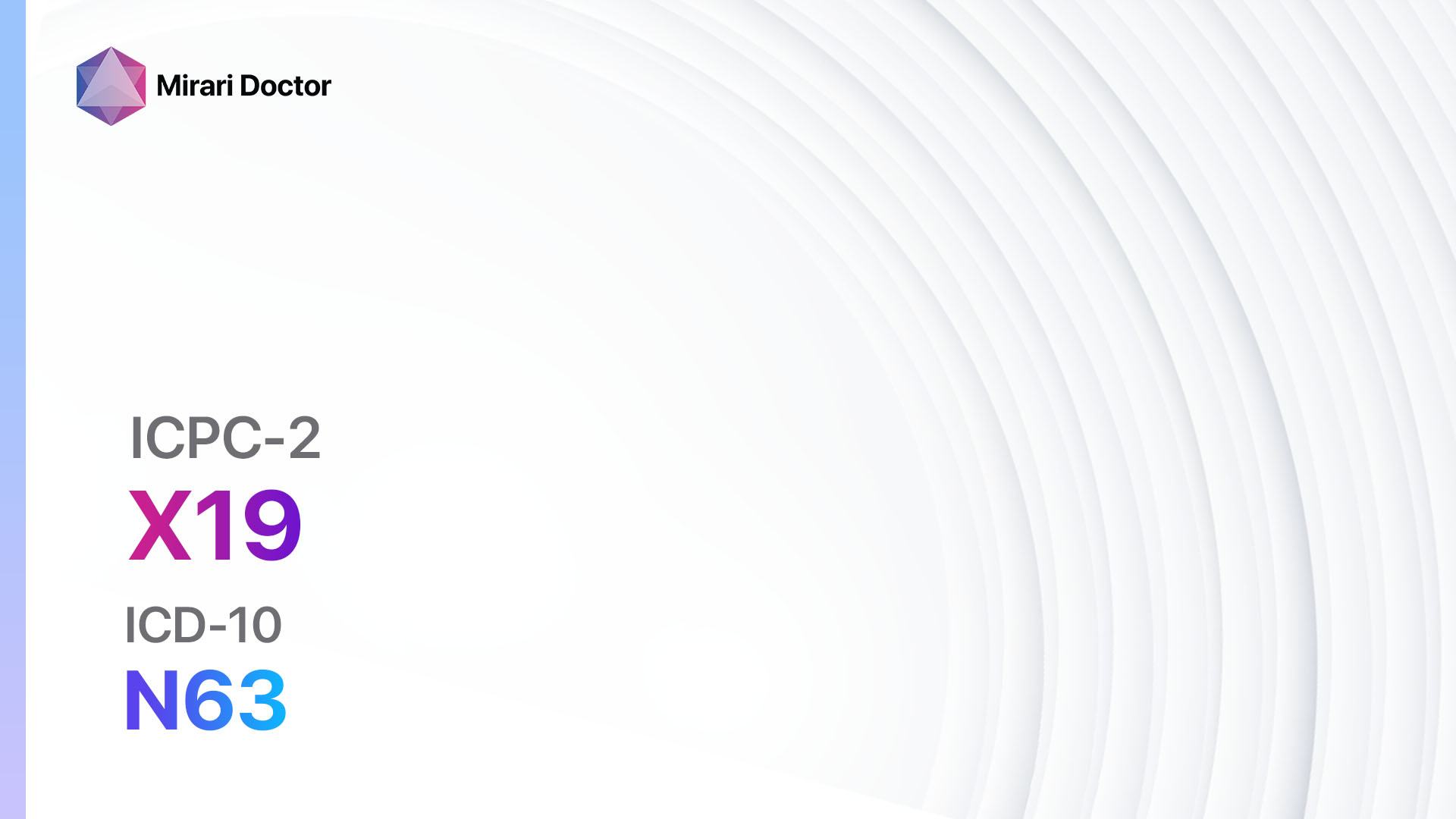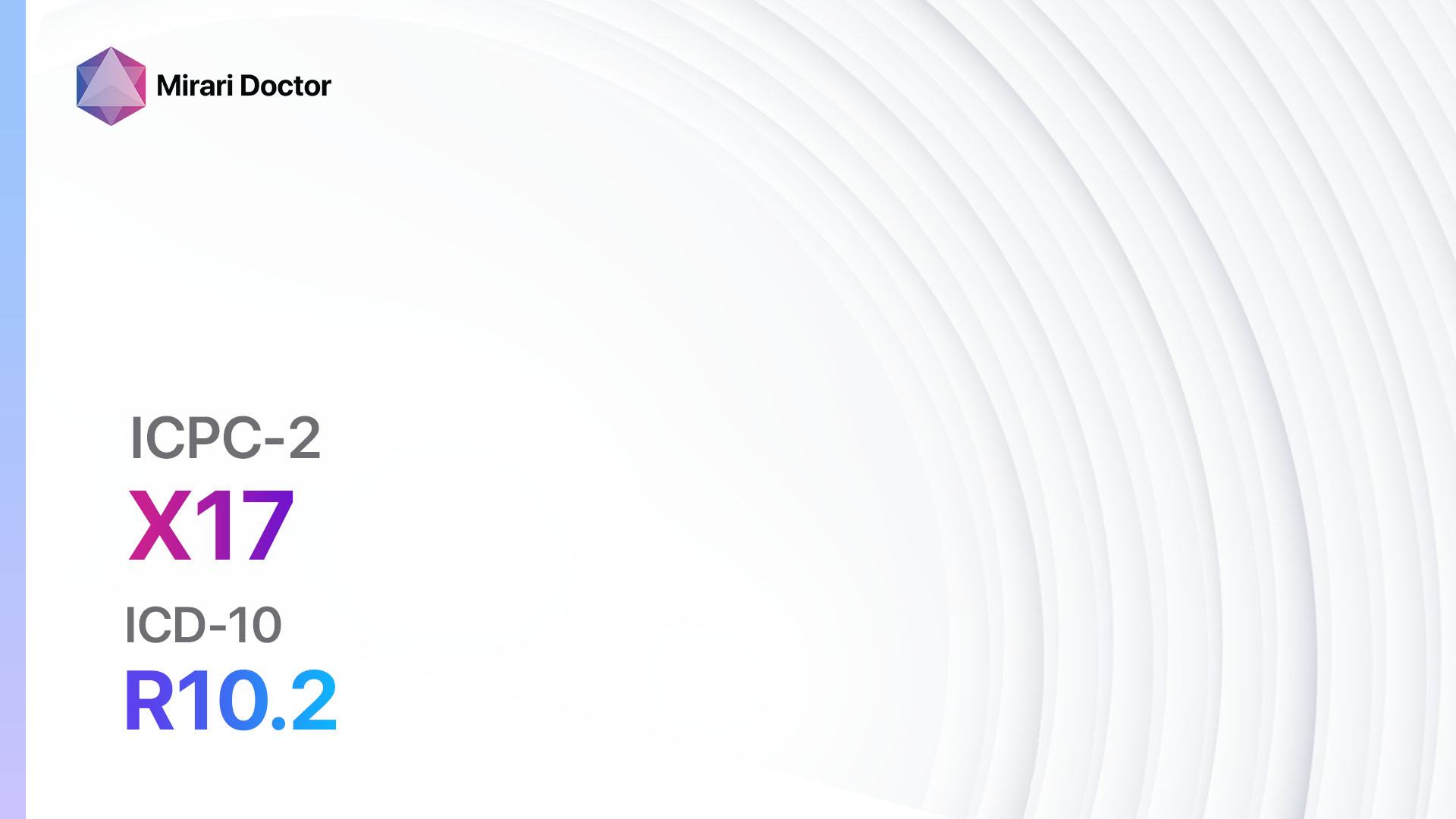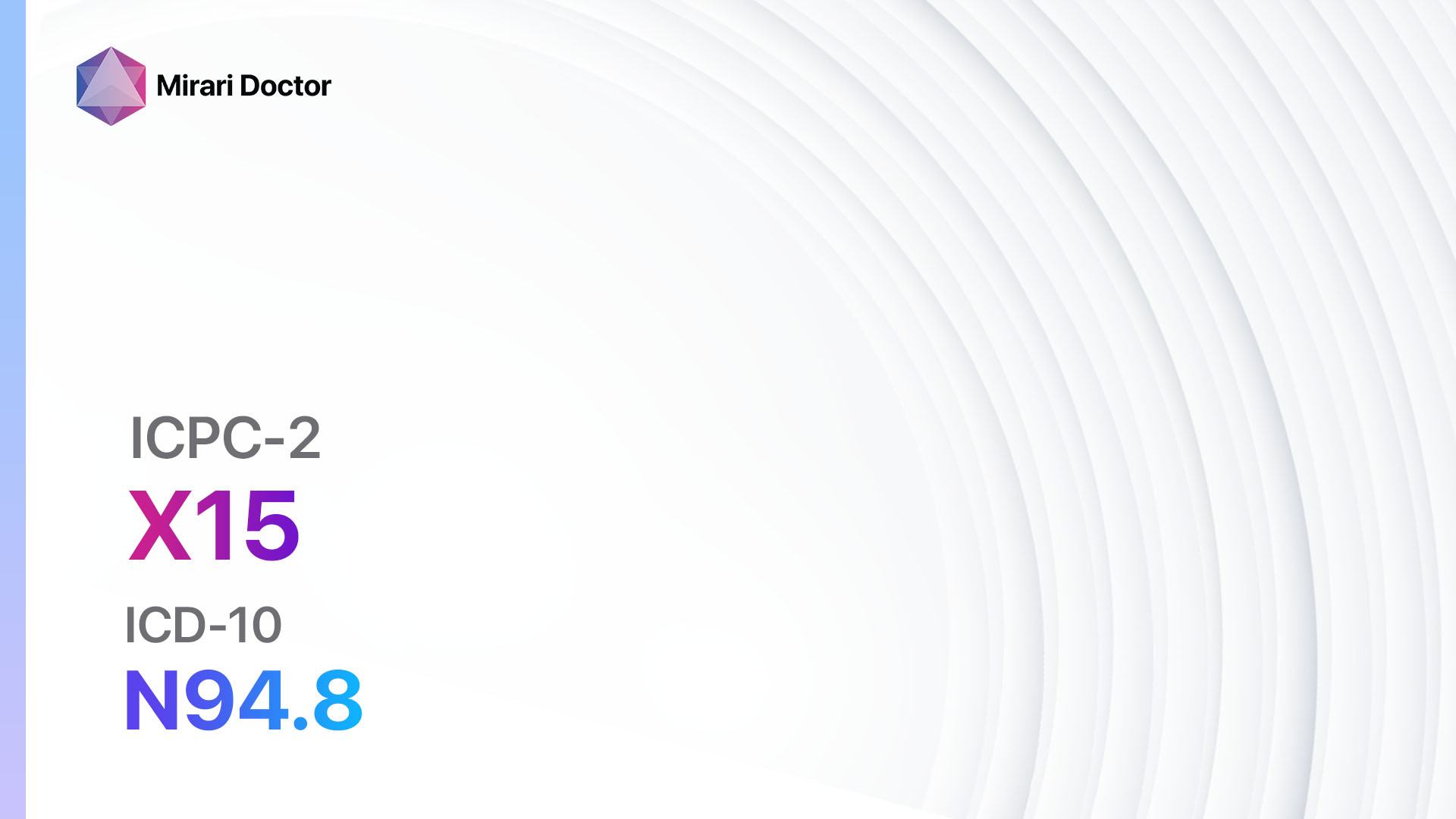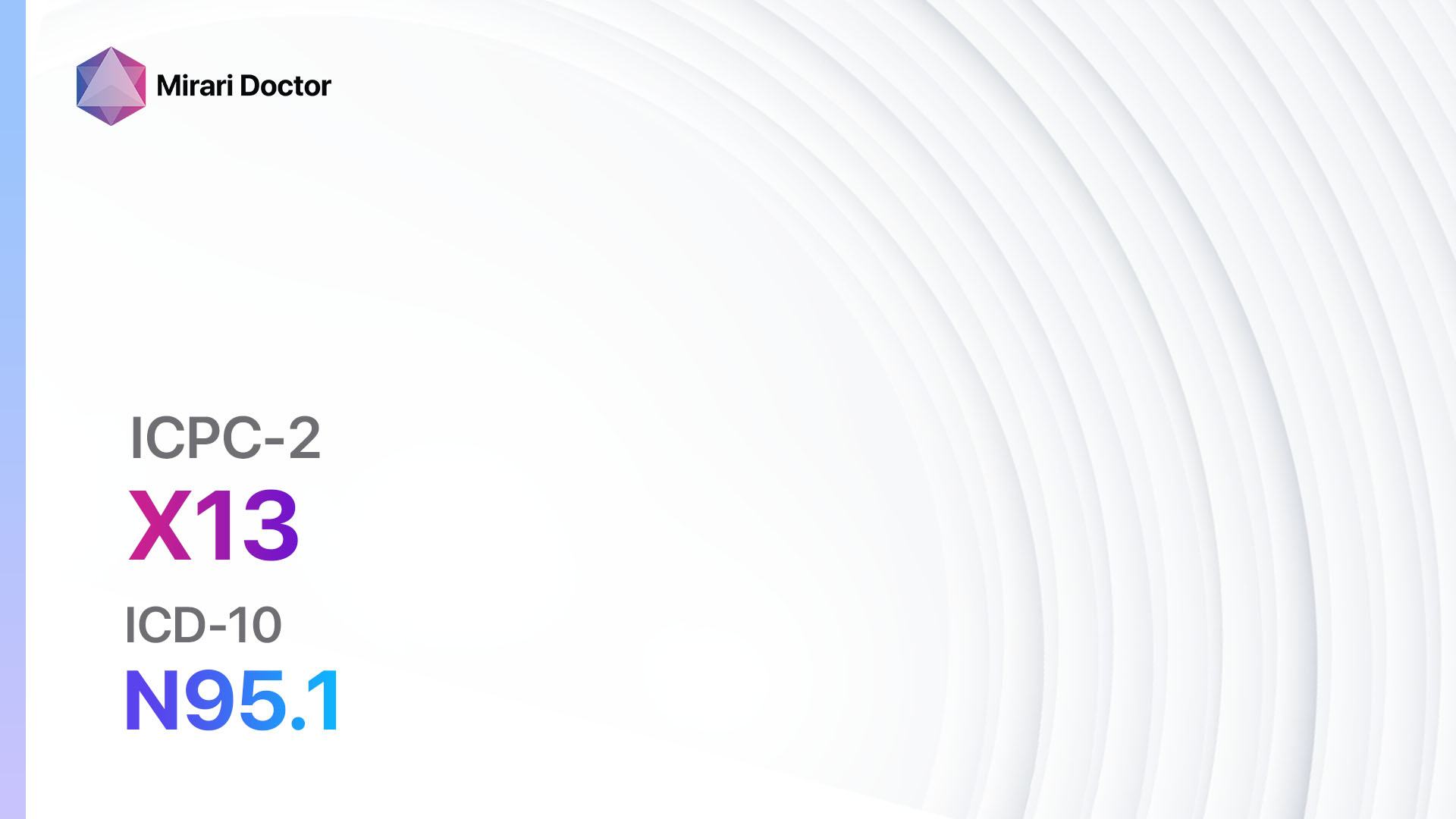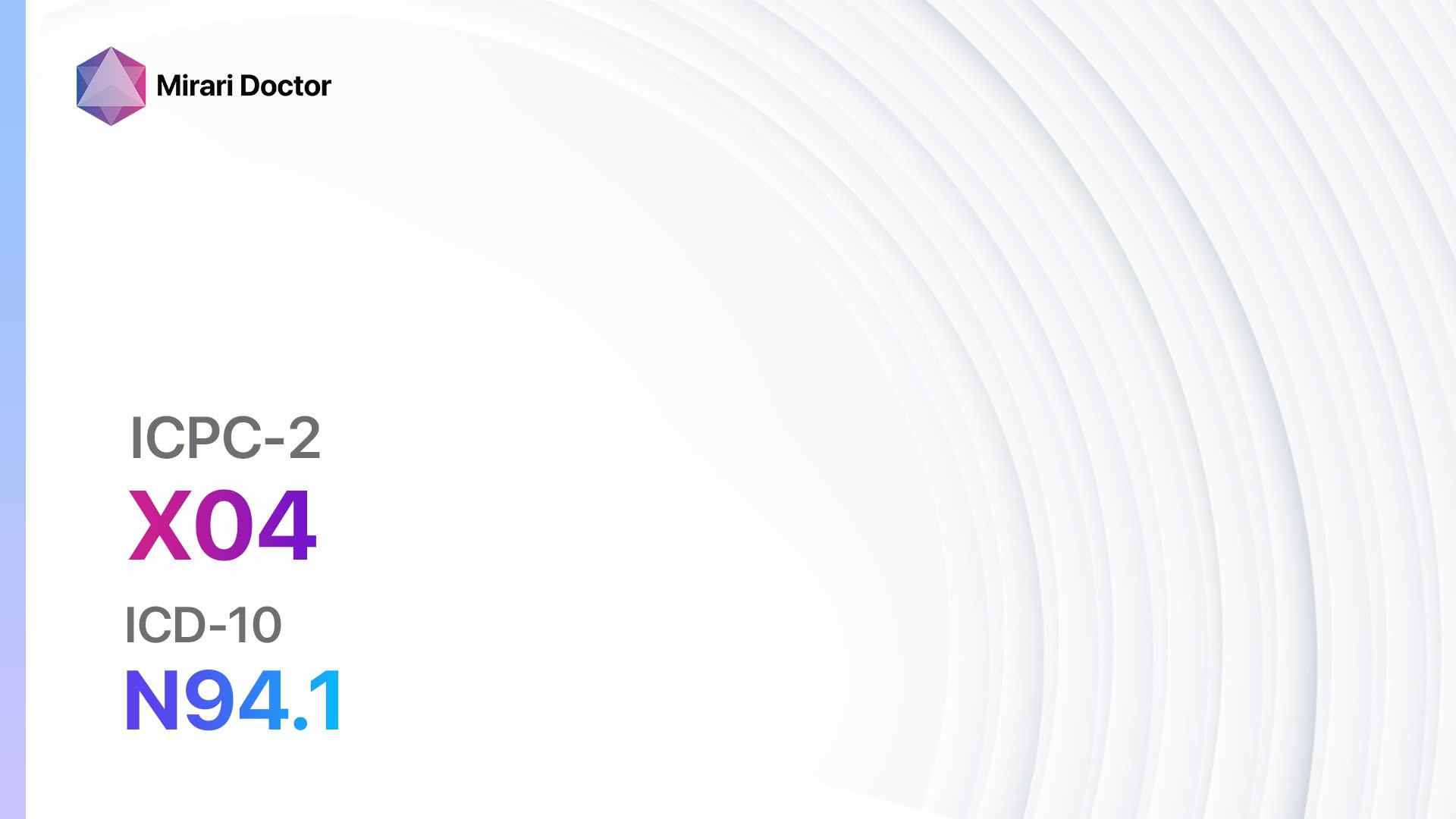
Introduction
Painful intercourse in females, also known as dyspareunia, is a condition characterized by persistent or recurrent pain during sexual intercourse. It can have a significant impact on a woman’s quality of life and intimate relationships[1]. The aim of this guide is to provide a comprehensive overview of the symptoms, causes, diagnostic steps, possible interventions, and lifestyle interventions for painful intercourse in females.
Codes
Symptoms
- Pain or discomfort during sexual intercourse
- Burning or stinging sensation during intercourse
- Pain in the genital area before, during, or after intercourse
- Painful penetration
- Deep pelvic pain[2]
Causes
- Vaginal dryness: Insufficient lubrication can cause friction and discomfort during intercourse.
- Vaginismus: Involuntary muscle spasms in the pelvic floor muscles can make penetration painful.
- Infections: Certain infections, such as yeast infections or urinary tract infections, can cause pain during intercourse.
- Vulvodynia: Chronic pain or discomfort in the vulva can lead to painful intercourse.
- Endometriosis: The presence of endometrial tissue outside the uterus can cause pain during intercourse.
- Pelvic inflammatory disease (PID): Inflammation of the reproductive organs can result in painful intercourse.
- Menopause: Hormonal changes during menopause can lead to vaginal dryness and pain during intercourse.
- Psychological factors: Anxiety, stress, or a history of sexual trauma can contribute to painful intercourse[3][4].
Diagnostic Steps
Medical History
- Gather information about the patient’s sexual history, including any previous episodes of painful intercourse.
- Assess the frequency, duration, and severity of the pain experienced during intercourse.
- Inquire about any underlying medical conditions, such as infections or hormonal imbalances.
- Evaluate the patient’s psychological well-being and any history of sexual trauma[5].
Physical Examination
- Perform a thorough pelvic examination to assess for any abnormalities or signs of infection.
- Evaluate the vaginal walls for signs of dryness, inflammation, or scarring.
- Palpate the pelvic floor muscles for any tenderness or muscle spasms.
- Assess the external genitalia for any signs of irritation or inflammation[6].
Laboratory Tests
- Urinalysis: To rule out urinary tract infections or other urinary abnormalities.
- Vaginal swab: To test for infections, such as yeast or bacterial vaginosis.
- Hormone levels: To assess for hormonal imbalances, especially during menopause[7].
Diagnostic Imaging
- Transvaginal ultrasound: To visualize the pelvic organs and assess for any structural abnormalities.
- Magnetic resonance imaging (MRI): To obtain detailed images of the pelvic region, if necessary[8].
Other Tests
- Sexual function questionnaire: To assess the impact of painful intercourse on the patient’s sexual well-being.
- Psychological evaluation: To identify any underlying psychological factors contributing to painful intercourse[9].
Follow-up and Patient Education
- Schedule a follow-up appointment to discuss the diagnostic results and develop an appropriate treatment plan.
- Provide education on self-care measures, such as using water-based lubricants, practicing relaxation techniques, and communicating openly with sexual partners.
- Offer resources for counseling or support groups for patients experiencing psychological distress related to painful intercourse[10].
Possible Interventions
Traditional Interventions
Medications:
Top 5 drugs for Painful Intercourse Female:
- Topical estrogen cream (e.g., Estrace, Premarin):
- Cost: $30-$100 per tube.
- Contraindications: History of estrogen-dependent cancer, undiagnosed vaginal bleeding.
- Side effects: Vaginal irritation, breast tenderness.
- Severe side effects: Blood clots, stroke.
- Drug interactions: None reported.
- Warning: Regular gynecological check-ups are recommended.
- Topical lidocaine gel (e.g., Lidocaine 2% gel):
- Cost: $20-$50 per tube.
- Contraindications: Allergy to lidocaine or local anesthetics.
- Side effects: Temporary numbness or tingling.
- Severe side effects: Allergic reactions.
- Drug interactions: None reported.
- Warning: Use as directed and avoid excessive use.
- Selective serotonin reuptake inhibitors (SSRIs) (e.g., Fluoxetine, Sertraline):
- Cost: Generic versions can be $10-$50/month.
- Contraindications: Concurrent use with monoamine oxidase inhibitors (MAOIs).
- Side effects: Nausea, headache, sexual dysfunction.
- Severe side effects: Serotonin syndrome, suicidal thoughts.
- Drug interactions: MAOIs, other serotonergic drugs.
- Warning: Close monitoring for side effects and potential drug interactions.
- Muscle relaxants (e.g., Baclofen, Cyclobenzaprine):
- Cost: Generic versions can be $10-$50/month.
- Contraindications: Hypersensitivity to the drug.
- Side effects: Drowsiness, dizziness, dry mouth.
- Severe side effects: Severe allergic reactions, liver toxicity.
- Drug interactions: Sedatives, alcohol.
- Warning: Avoid driving or operating heavy machinery while taking muscle relaxants.
- Antidepressants (e.g., Amitriptyline, Nortriptyline):
- Cost: Generic versions can be $10-$50/month.
- Contraindications: Concurrent use with MAOIs.
- Side effects: Dry mouth, constipation, drowsiness.
- Severe side effects: Serotonin syndrome, cardiac arrhythmias.
- Drug interactions: MAOIs, other serotonergic drugs.
- Warning: Close monitoring for side effects and potential drug interactions.
Alternative Drugs:
- Gabapentin: An anticonvulsant that can help relieve neuropathic pain.
- Tricyclic antidepressants: Older antidepressants that can help with pain management.
- Benzodiazepines: May be used to reduce anxiety and muscle tension.
- Nonsteroidal anti-inflammatory drugs (NSAIDs): Can help reduce inflammation and pain.
Surgical Procedures:
- Vaginal dilators: Gradually increasing the size of vaginal dilators can help stretch and relax the vaginal muscles.
- Surgical intervention: In severe cases, surgical procedures may be considered to address underlying anatomical abnormalities or scar tissue.
Alternative Interventions
- Pelvic floor physical therapy: Exercises and techniques to relax and strengthen the pelvic floor muscles. Cost: $100-$200 per session.
- Cognitive-behavioral therapy (CBT): Therapy aimed at identifying and changing negative thoughts and behaviors related to painful intercourse. Cost: $100-$200 per session.
- Acupuncture: May help reduce pain and promote relaxation. Cost: $60-$120 per session.
- Mindfulness-based stress reduction: Techniques to reduce stress and increase awareness of the body. Cost: $100-$200 per session.
- Herbal supplements: Some herbs, such as evening primrose oil or black cohosh, may have potential benefits for reducing pain and inflammation. Cost: Varies depending on the specific supplement.
Lifestyle Interventions
- Use water-based lubricants during intercourse to reduce friction. Cost: $10-$20 per bottle.
- Practice relaxation techniques, such as deep breathing or meditation, to reduce muscle tension and anxiety. Cost: Free.
- Communicate openly with sexual partners about any discomfort or pain experienced during intercourse. Cost: Free.
- Engage in regular exercise to improve overall physical and mental well-being. Cost: Varies depending on the chosen activity.
- Seek counseling or therapy to address any underlying psychological factors contributing to painful intercourse. Cost: $100-$200 per session.
It is important to note that the cost ranges provided are approximate and may vary depending on the location and availability of the interventions. It is recommended to consult with healthcare professionals for personalized treatment options and cost estimates.
Mirari Cold Plasma Alternative Intervention
Understanding Mirari Cold Plasma
- Safe and Non-Invasive Treatment: Mirari Cold Plasma is a safe and non-invasive treatment option for various skin conditions. It does not require incisions, minimizing the risk of scarring, bleeding, or tissue damage.
- Efficient Extraction of Foreign Bodies: Mirari Cold Plasma facilitates the removal of foreign bodies from the skin by degrading and dissociating organic matter, allowing easier access and extraction.
- Pain Reduction and Comfort: Mirari Cold Plasma has a local analgesic effect, providing pain relief during the treatment, making it more comfortable for the patient.
- Reduced Risk of Infection: Mirari Cold Plasma has antimicrobial properties, effectively killing bacteria and reducing the risk of infection.
- Accelerated Healing and Minimal Scarring: Mirari Cold Plasma stimulates wound healing and tissue regeneration, reducing healing time and minimizing the formation of scars.
Mirari Cold Plasma Prescription
Video instructions for using Mirari Cold Plasma Device – X04 Painful intercourse female (ICD-10:N94.1)
| Mild | Moderate | Severe |
| Mode setting: 2 (Wound Healing) Location: 2 (Prostate & Uterus) Morning: 15 minutes, Evening: 15 minutes |
Mode setting: 2 (Wound Healing) Location: 2 (Prostate & Uterus) Morning: 30 minutes, Lunch: 30 minutes, Evening: 30 minutes |
Mode setting: 2 (Wound Healing) Location: 2 (Prostate & Uterus) Morning: 30 minutes, Lunch: 30 minutes, Evening: 30 minutes |
| Mode setting: 7 (Immunotherapy) Location: 1 (Sacrum) Morning: 15 minutes, Evening: 15 minutes |
Mode setting: 7 (Immunotherapy) Location: 1 (Sacrum) Morning: 30 minutes, Lunch: 30 minutes, Evening: 30 minutes |
Mode setting: 7 (Immunotherapy) Location: 1 (Sacrum) Morning: 30 minutes, Lunch: 30 minutes, Evening: 30 minutes |
| Mode setting: 2 (Wound Healing) Location: 2 (Prostate & Uterus) Morning: 15 minutes, Evening: 15 minutes |
Mode setting: 2 (Wound Healing) Location: 2 (Prostate & Uterus) Morning: 30 minutes, Lunch: 30 minutes, Evening: 30 minutes |
Mode setting: 2 (Wound Healing) Location: 2 (Prostate & Uterus) Morning: 30 minutes, Lunch: 30 minutes, Evening: 30 minutes |
| Total Morning: 45 minutes approx. $7.50 USD, Evening: 45 minutes approx. $7.50 USD |
Total Morning: 90 minutes approx. $15 USD, Lunch: 90 minutes approx. $15 USD, Evening: 90 minutes approx. $15 USD |
Total Morning: 90 minutes approx. $15 USD, Lunch: 90 minutes approx. $15 USD, Evening: 90 minutes approx. $15 USD |
| Usual treatment for 7-60 days approx. $105 USD – $900 USD | Usual treatment for 6-8 weeks approx. $1,890 USD – $2,520 USD |
Usual treatment for 3-6 months approx. $4,050 USD – $8,100 USD
|
 |
|
Use the Mirari Cold Plasma device to treat Painful intercourse female effectively.
WARNING: MIRARI COLD PLASMA IS DESIGNED FOR THE HUMAN BODY WITHOUT ANY ARTIFICIAL OR THIRD PARTY PRODUCTS. USE OF OTHER PRODUCTS IN COMBINATION WITH MIRARI COLD PLASMA MAY CAUSE UNPREDICTABLE EFFECTS, HARM OR INJURY. PLEASE CONSULT A MEDICAL PROFESSIONAL BEFORE COMBINING ANY OTHER PRODUCTS WITH USE OF MIRARI.
Step 1: Cleanse the Skin
- Start by cleaning the affected area of the skin with a gentle cleanser or mild soap and water. Gently pat the area dry with a clean towel.
Step 2: Prepare the Mirari Cold Plasma device
- Ensure that the Mirari Cold Plasma device is fully charged or has fresh batteries as per the manufacturer’s instructions. Make sure the device is clean and in good working condition.
- Switch on the Mirari device using the power button or by following the specific instructions provided with the device.
- Some Mirari devices may have adjustable settings for intensity or treatment duration. Follow the manufacturer’s instructions to select the appropriate settings based on your needs and the recommended guidelines.
Step 3: Apply the Device
- Place the Mirari device in direct contact with the affected area of the skin. Gently glide or hold the device over the skin surface, ensuring even coverage of the area experiencing.
- Slowly move the Mirari device in a circular motion or follow a specific pattern as indicated in the user manual. This helps ensure thorough treatment coverage.
Step 4: Monitor and Assess:
- Keep track of your progress and evaluate the effectiveness of the Mirari device in managing your Painful intercourse female. If you have any concerns or notice any adverse reactions, consult with your health care professional.
Note
This guide is for informational purposes only and should not replace the advice of a medical professional. Always consult with your healthcare provider or a qualified medical professional for personal advice, diagnosis, or treatment. Do not solely rely on the information presented here for decisions about your health. Use of this information is at your own risk. The authors of this guide, nor any associated entities or platforms, are not responsible for any potential adverse effects or outcomes based on the content.
Mirari Cold Plasma System Disclaimer
- Purpose: The Mirari Cold Plasma System is a Class 2 medical device designed for use by trained healthcare professionals. It is registered for use in Thailand and Vietnam. It is not intended for use outside of these locations.
- Informational Use: The content and information provided with the device are for educational and informational purposes only. They are not a substitute for professional medical advice or care.
- Variable Outcomes: While the device is approved for specific uses, individual outcomes can differ. We do not assert or guarantee specific medical outcomes.
- Consultation: Prior to utilizing the device or making decisions based on its content, it is essential to consult with a Certified Mirari Tele-Therapist and your medical healthcare provider regarding specific protocols.
- Liability: By using this device, users are acknowledging and accepting all potential risks. Neither the manufacturer nor the distributor will be held accountable for any adverse reactions, injuries, or damages stemming from its use.
- Geographical Availability: This device has received approval for designated purposes by the Thai and Vietnam FDA. As of now, outside of Thailand and Vietnam, the Mirari Cold Plasma System is not available for purchase or use.
References
- Sabate JM, Clotet M, Torrubia S, et al. Radiologic evaluation of breast disorders related to pregnancy and lactation. Radiographics. 2007;27(Suppl 1):S101-124.
- American College of Obstetricians and Gynecologists. (2019). Dyspareunia (Painful Intercourse). Retrieved from https://www.acog.org/patient-resources/faqs/gynecologic-problems/dyspareunia-painful-intercourse
- Bornstein, J., Goldstein, A. T., Stockdale, C. K., et al. (2016). 2015 ISSVD, ISSWSH, and IPPS Consensus Terminology and Classification of Persistent Vulvar Pain and Vulvodynia. Obstetrics & Gynecology, 127(4), 745-751.
- Shifren, J. L., Monz, B. U., Russo, P. A., Segreti, A., & Johannes, C. B. (2008). Sexual problems and distress in United States women: prevalence and correlates. Obstetrics & Gynecology, 112(5), 970-978.
- Batur, P., & Bowersox, N. (2019). Evaluation and Management of Dyspareunia. Cleveland Clinic Journal of Medicine, 86(3), 215-223.
- American College of Obstetricians and Gynecologists. (2020). ACOG Practice Bulletin No. 213: Female Sexual Dysfunction. Obstetrics & Gynecology, 135(1), e1-e18.
- Lethaby, A., Ayeleke, R. O., & Roberts, H. (2016). Local oestrogen for vaginal atrophy in postmenopausal women. Cochrane Database of Systematic Reviews, (8).
- Steege, J. F., & Zolnoun, D. A. (2009). Evaluation and treatment of dyspareunia. Obstetrics & Gynecology, 113(5), 1124-1136.
- Bergeron, S., Corsini-Munt, S., Aerts, L., Rancourt, K., & Rosen, N. O. (2015). Female sexual pain disorders: a review of the literature on etiology and treatment. Current Sexual Health Reports, 7(3), 159-169.
- Goldstein, A. T., Pukall, C. F., Brown, C., Bergeron, S., Stein, A., & Kellogg-Spadt, S. (2016). Vulvodynia: Assessment and Treatment. The Journal of Sexual Medicine, 13(4), 572-590.
Related articles
Made in USA


